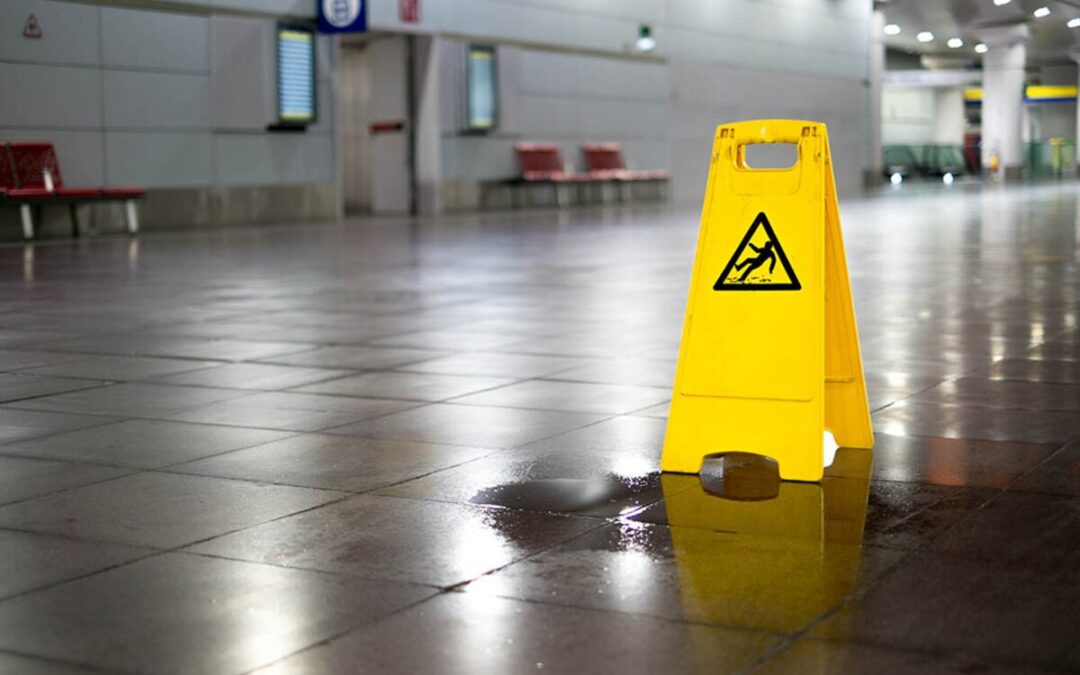A Connecticut woman slipped and fell down a set of stairs at the Noah Webster House in Connecticut while touring the museum in 2016. She suffered a devastating traumatic brain injury as a result of her slip and fall accident. She had no memory of falling down the stairs, and no witnesses saw her fall. Through the testimony of people who were with her, she was able to determine what happened and bring a personal injury lawsuit against the museum.
Many slip and fall injuries are caused by falling down staircases. In this case, the victim fell from the stairway onto the hardwood floor below. When she fell, she struck the back of her head. The stairway going into the attic did not have adequate lighting, and the stairs were antiquated with no guardrail for visitors to use. Along with a traumatic brain injury, she also suffered a right shoulder injury that required shoulder replacement surgery.
Now she is facing an increased risk of early dementia and seizures. She also has accumulated nearly $200,000 in medical expenses. The museum agreed to settle with her for $2 million after filing a personal injury lawsuit claiming that the staircase in the museum was unreasonably safe and posed a danger to visitors.
Recovering Damages for Slip and Fall Injuries
When slip and fall accidents are severe enough, victims can experience a traumatic brain injury. Every traumatic brain injury is different, but traumatic brain injury survivors often experience dizziness, nausea, migraines, confusion, and reduced mental capacity. The symptoms of a traumatic brain injury can stay with you for the rest of your life.
If you or your loved one have suffered a traumatic brain injury due to slipping and falling on a staircase, you may be entitled to compensation for your injuries. Businesses and property owners in Missouri and Kansas have a legal duty to keep their properties reasonably safe for guests and visitors.
When a business has caused a dangerous condition on their property or knew of a dangerous condition and did nothing about it, the victims can sue them for compensation. Additionally, if the property owner should have known about the dangerous condition had they exercised reasonable care, the victim can recover damages.
Victims must prove that the dangerous condition on the property presented an unreasonable and foreseeable risk to someone on the property. They must also prove that the victim could not have reasonably anticipated the risk. In the case mentioned above, the victim likely would not have reasonably foreseen that the stairs were too dangerous for people to use. After all, many visitors go through the museum every week and use the staircase.
Contact a Missouri TBI Lawyer Today
If you or your loved one has become injured due to a slip and fall accident, Griggs Injury Law is here to help. We focus a large part of our legal practice on representing clients who have suffered TBI injuries. Contact us today to schedule your free initial consultation.


